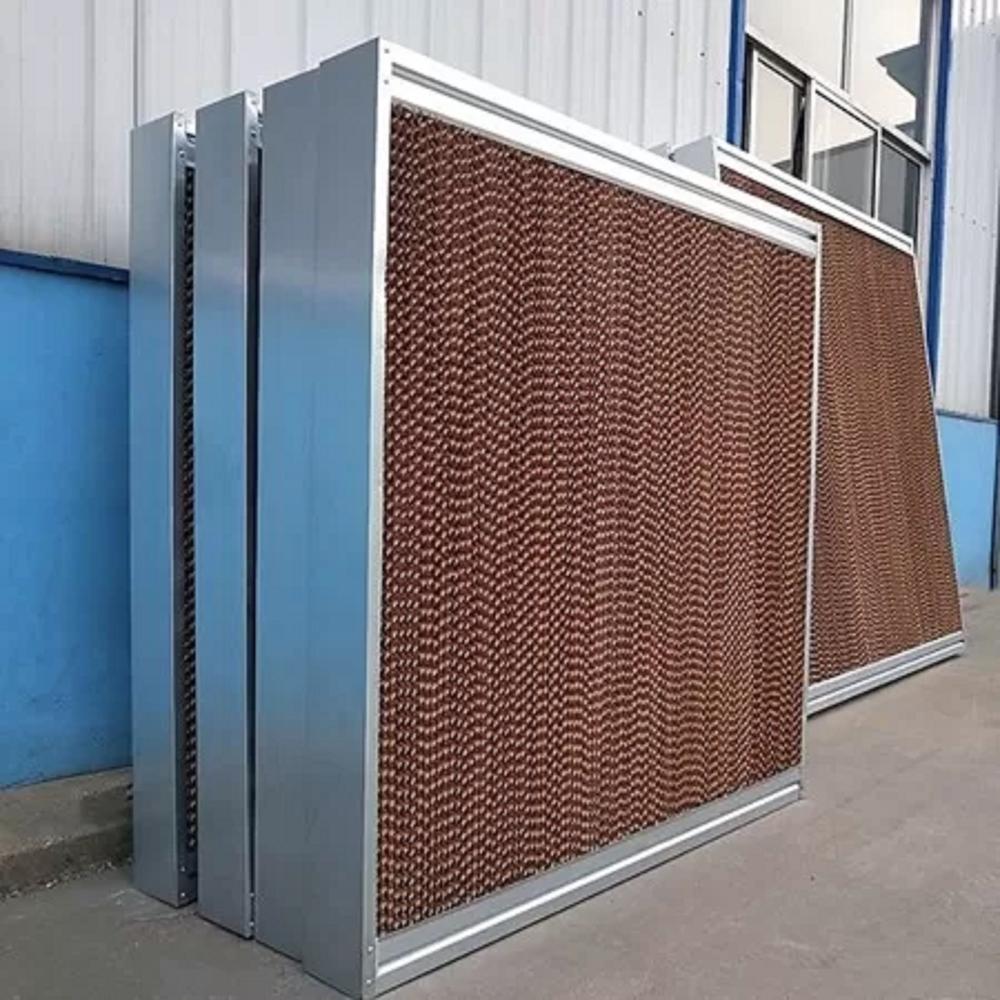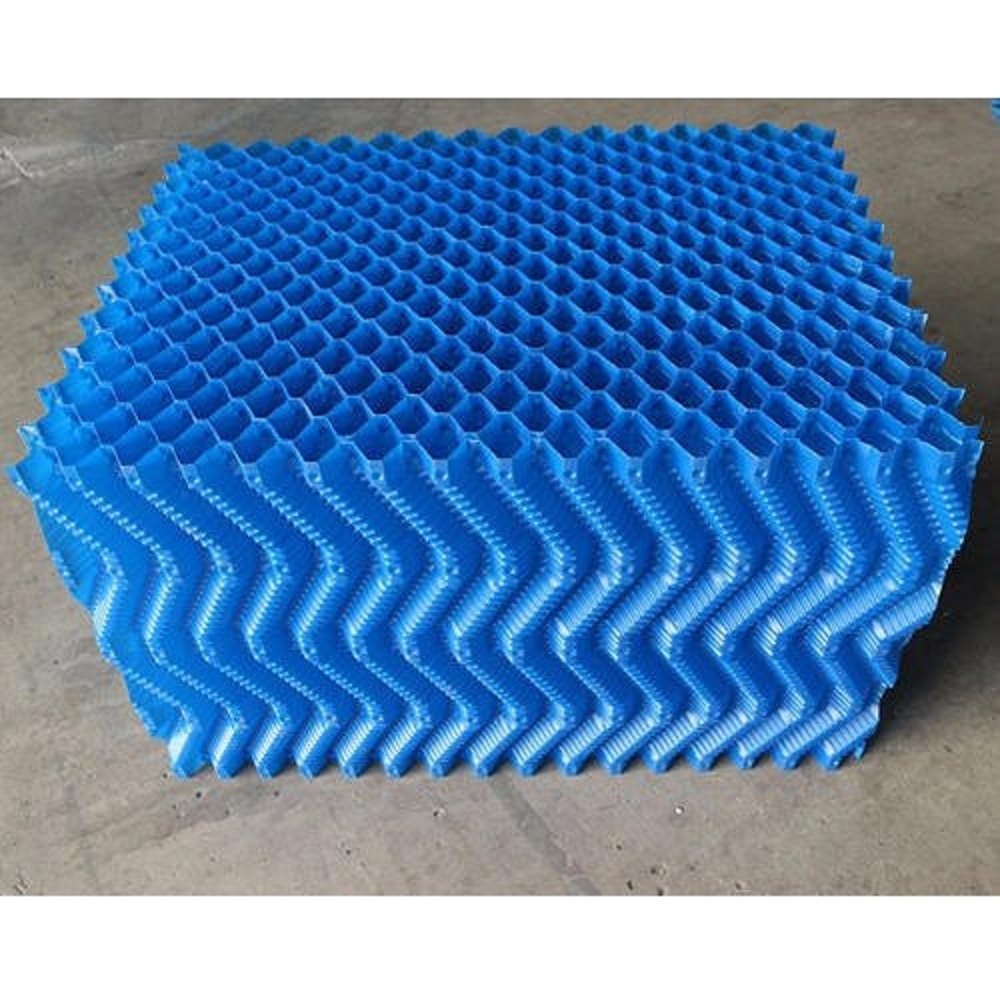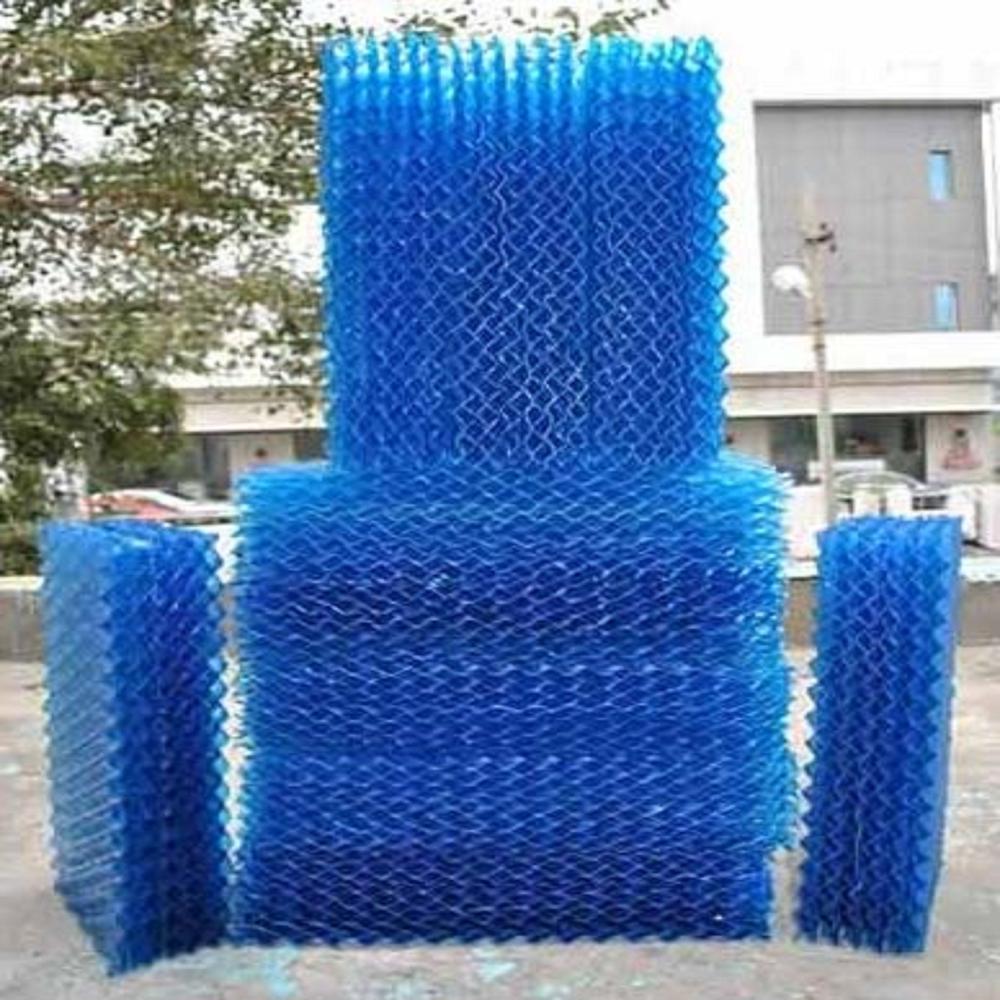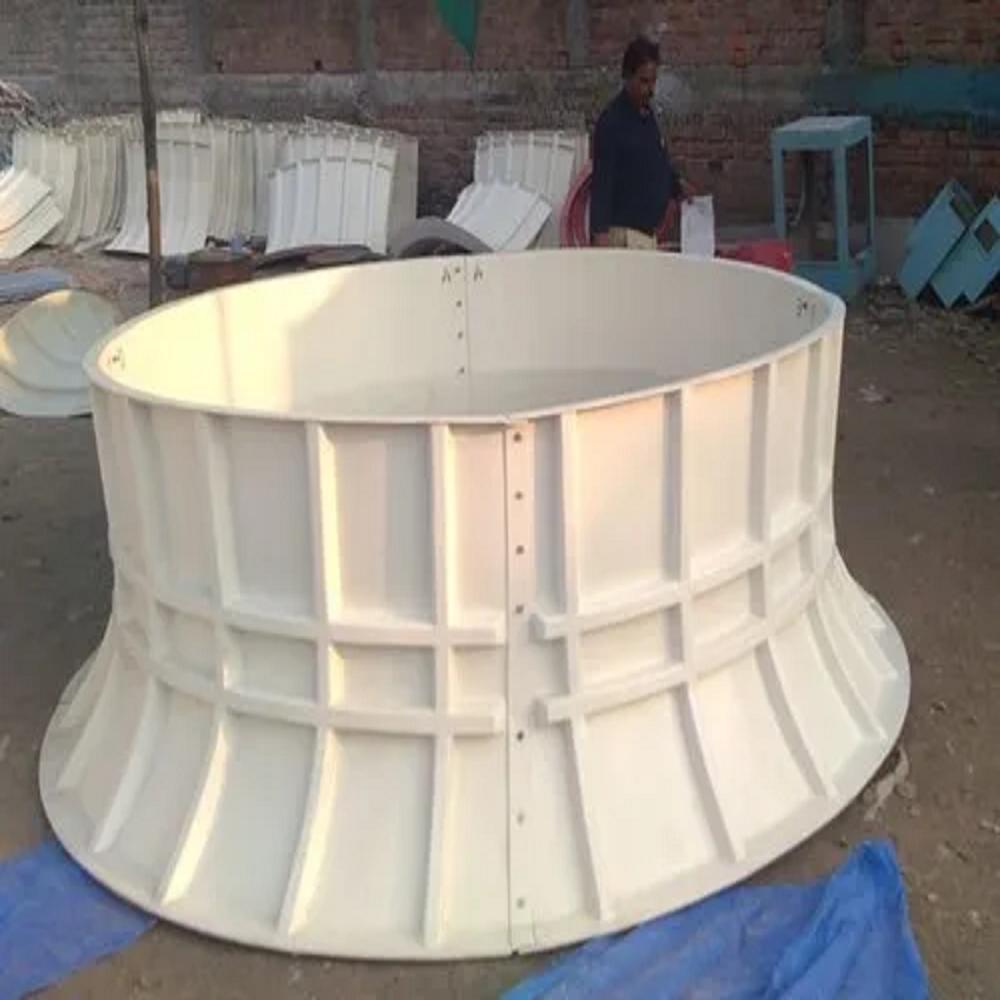Cooling Pads for water cooling systems
Product Details:
- Material Other
- Application commercial
- Color brown
- Usage industrial
- Product Type Cooling Pads for water cooling systems
- Condition New
- Power Supply Electric
- Click to View more
Cooling Pads for water cooling systems Price And Quantity
- 1000.0 INR/Number
- 1 Number
Cooling Pads for water cooling systems Product Specifications
- industrial
- brown
- commercial
- Other
- Cooling Pads for water cooling systems
- New
- Electric
Cooling Pads for water cooling systems Trade Information
- Cash in Advance (CID)
- 30 Number Per Month
- 10 Days
- All India
Product Description
Cooling pads for water cooling systems, also known as evaporative cooling pads, aredesigned to cool air by the evaporation of water, typically made of materials like cellulose or wood pulp, and are used in systems like swamp coolers and greenhouse cooling.
Here's a more detailed explanation:
How they work:
- Evaporation:
These pads are designed to be wetted with water, and as air passes through the wet surface, the water evaporates, absorbing heat from the air and cooling it down.
- Material:
Common materials include corrugated cellulose paper, aspen wood, and sometimes plastic or metal mesh.
- Structure:
The pads are often designed with a honeycomb or corrugated structure to maximize surface area for water contact and evaporation.
- Applications:
They are used in various applications, including:
- Greenhouse cooling
- Animal housing (poultry, livestock)
- Industrial cooling
- Evaporative coolers (swamp coolers, desert coolers)
- Ventilation systems
Key Features and Benefits:
- Cost-effective:
Evaporative cooling is generally more energy-efficient and less expensive to operate than traditional air conditioning.
- Natural cooling:
It uses the natural process of evaporation, which is environmentally friendly.
- Humidity:
Evaporative cooling can also increase humidity, which can be beneficial in dry climates.
- Durability:
Some materials, like cellulose, are designed to resist deterioration and rot.
- Customization:
Pads can be designed with different flutes, angles, and thicknesses to optimize cooling performance.

Price:
- 50
- 100
- 200
- 250
- 500
- 1000+








